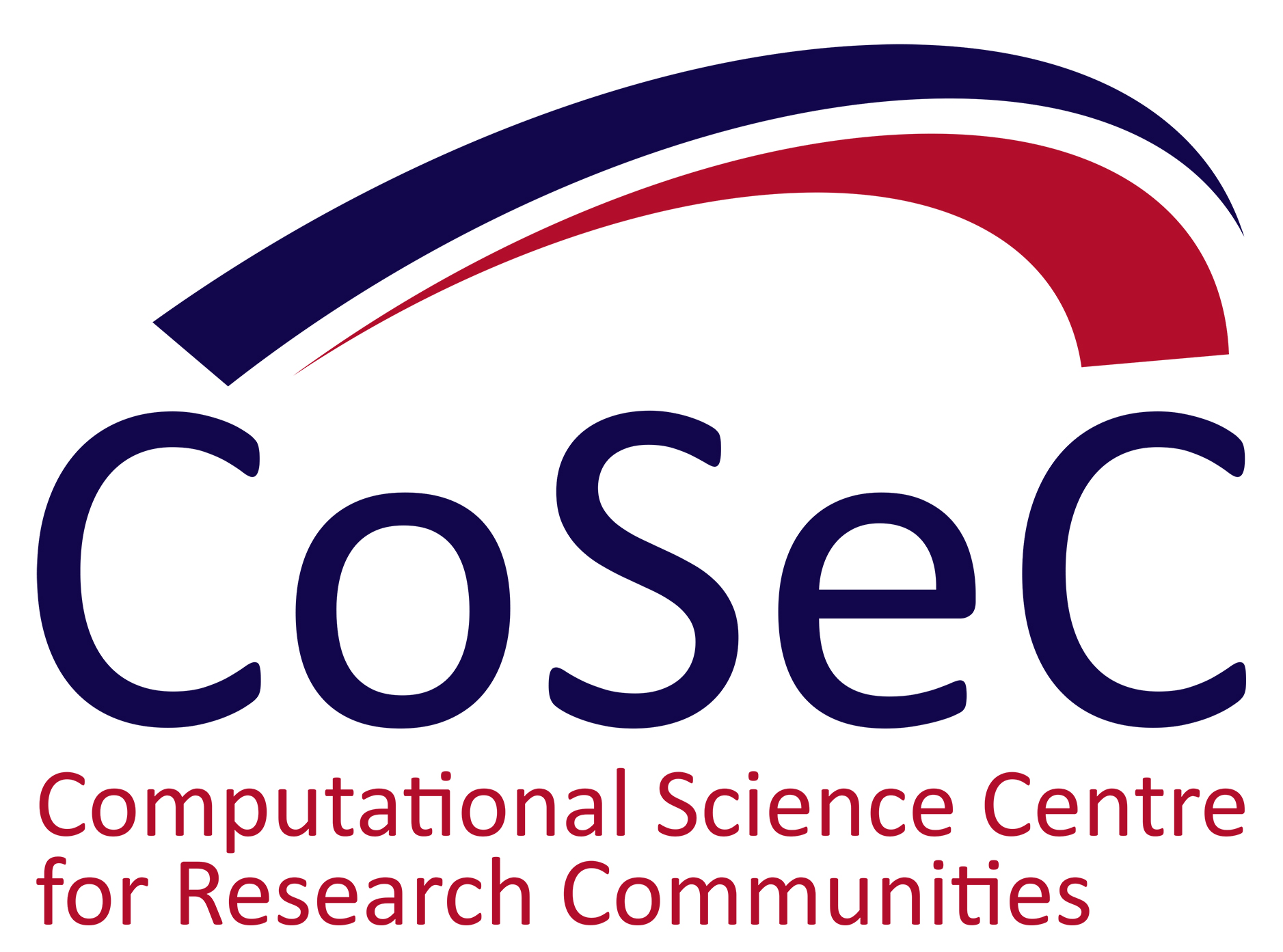 Ever since I learned multiple scattering theory (MST) and started using it, I’ve found it to be a particularly satisfying technique in the armory of electronic structure research. Why is this? Of course, such preferences are, to a degree, personal, subjective choices. But I think I can point to a few broad reasons why I like MST so much.
Ever since I learned multiple scattering theory (MST) and started using it, I’ve found it to be a particularly satisfying technique in the armory of electronic structure research. Why is this? Of course, such preferences are, to a degree, personal, subjective choices. But I think I can point to a few broad reasons why I like MST so much.
First, I found it surprising that one could say anything useful about how an electron is scattered by a set of scattering atoms of more or less arbitrary complexity, atoms of arbitrary type and position. The quantum theory of scattering is one of the “elementary” applications always covered in quantum mechanics courses and textbooks, but it’s always the single scatterer problem. At first encounter, the idea of generalising to an arbitrary set of scatterers seemed rather a long shot. So the realisation that multiple scattering problems could indeed be treated and the results used in condensed matter research was impressive to me.
Second, like all of the quantum theory of scattering, MST is strongly developed mathematically. In particular, the analytical properties of the key quantities - wave functions, scattering amplitudes, T- matrices etc - have been thoroughly studied. Balazs Gyorffy once remarked to me that scattering theory is a powerful mathematical toolkit for electronic structure problems. Of the many expositions of the mathematical analysis of scattering, one that I particularly like is that of Taylor1.
One important feature of MST is that it gives immediate access to the Green’s function corresponding to the Schrodinger equation, which means that one can give MST formulations for many important electronic observable and processes. In short, MST gives a compelling route to electronic properties from the electronic structure that underlies them.
Finally, I want to make a personal, almost aesthetic, point about MST. One can certainly regard MST as “just” another way to solve the 1-electron Schrodinger equation, an alternative to the array of alternative approaches - basis set methods of various kinds, sometimes with cunningly tailored basis functions, localised or plane-wave-like, pseudopotentials and so on. Each of these methods has its merits and inconveniences, making it more suited to some physical systems and materials than others. But scattering theory was developed as the quantum mechanical description of a real physical process - scattering. Thus, the concepts and language it uses refer to real physical processes, which means that it brings certain physical insights to the problems for which it is used. To give a single example, the MST description of x-ray absorption spectroscopy gives a clear physical picture of how EXAFS oscillations arise and what information they contain. MST is not just an algorithm. There’s real physics in those equations, and that carries with it a level of intuition which other methods lack. At least, that how it looks to me.
This post has two parts:
- Post 11.1: My multiple scattering theory primer. This is a set of notes deriving some key results of multiple scattering theory as it is used in condensed matter problems.
- Post 11.2: Multiple scattering and tight-binding. This is a kind of extended footnote to post 11.1, showing the formal similarities between the multiple scattering and tight-binding approaches. I’m not sure how useful this is in practice, but it is quite amusing.
[1] 1 “Scattering Theory: The Quantum Theory of Non-Relativistic Collisions”, John R Taylor (Dover, 2006)
